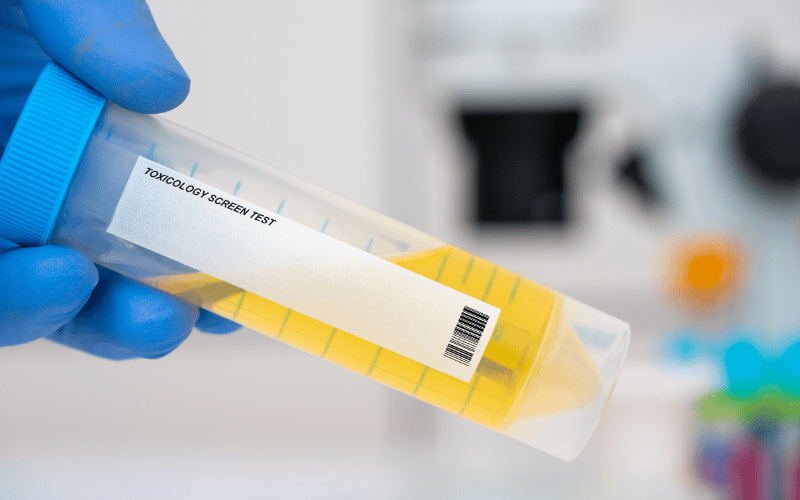Symptom 9: Foamy Urine

Imagine visiting the restroom and noticing bubbles or a frothy consistency in your urine. It’s certainly not a typical sight, and in the world of MPGN, it’s an indicator worth attention. While occasional foaminess can be benign, persistent occurrences beg a deeper dive into its roots.
With MPGN affecting the glomeruli, these filtering units can become excessively permeable. This heightened permeability can allow proteins, especially albumin, which usually remain in the bloodstream, to slip into the urine. The presence of these proteins gives urine its foamy appearance, a condition termed as proteinuria. In essence, the foam serves as a visual marker for underlying renal disturbances.
Beyond the visual anomaly, proteinuria carries with it broader health implications. Proteins are vital molecules, aiding a multitude of body functions. Losing them in urine can deplete their levels in the blood, leading to imbalances. Moreover, prolonged proteinuria can further damage the kidneys, setting off a vicious cycle of deterioration.
It’s essential to differentiate between transient proteinuria and persistent proteinuria. The former might occur after vigorous exercise, exposure to cold, or even due to stress. However, in the backdrop of MPGN, if the foaminess persists, it’s more than just a fleeting anomaly; it’s a red flag demanding action.
Persistent foamy urine in MPGN patients underscores the need for medical evaluation. Quantifying the protein loss, understanding its implications, and initiating appropriate interventions can stave off further renal damage. In this context, the foam isn’t just a symptom; it’s a beckoning for proactive healthcare measures. (9)